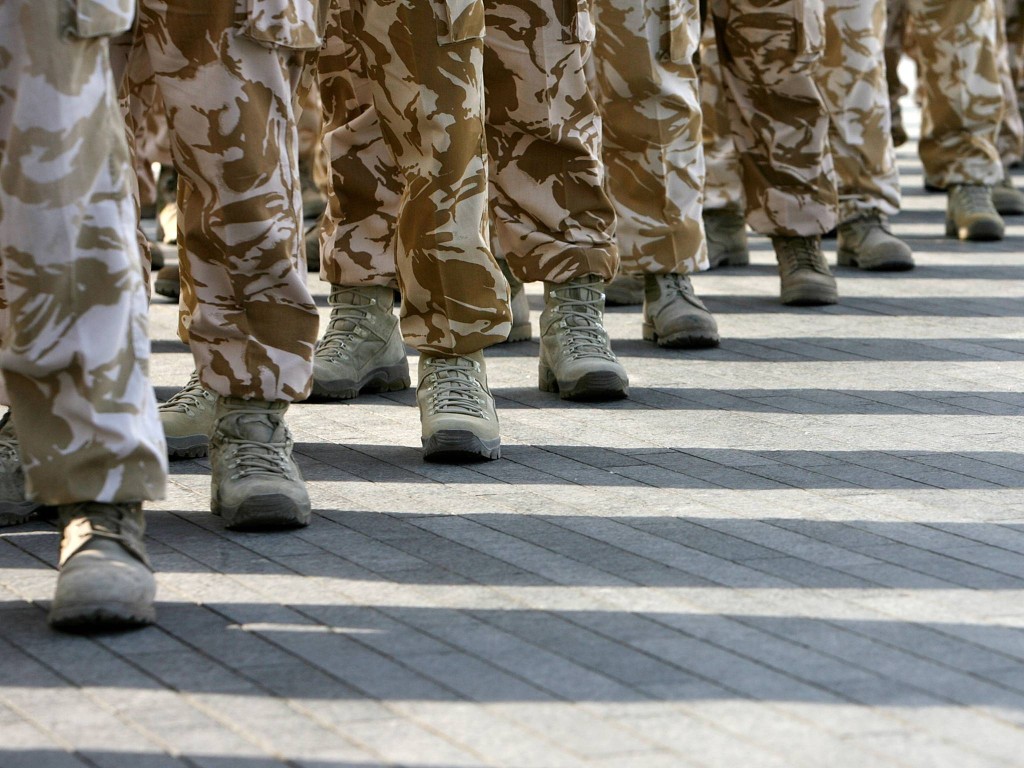 The future reduced British Army seems likely to be able to deploy little more than half the numbers of trained soldiers it had in 1991.
The future reduced British Army seems likely to be able to deploy little more than half the numbers of trained soldiers it had in 1991.
A Freedom of Information Act question was answered last week with figures that revealed the following:
For the Army, from 1 March 2011 and 1 February 2014, over a fifth of its full time trained strength was either medically non deployable or medically limited.
At the point at which these figures were published, out of the Army’s 87k trained strength, just under 28k had been medically non-deployable.
It seems that at the point at which the figures were published, 9% of the Army and 10% of the Armed Forces as a whole, was medically non-deployable.
In 1994, the Army’s trained strength was 123k. When fully reduced (by 2020), these figures suggest that it will have just 65k people able to deploy…
Hugh,
How is 9% the same as over a fifth? Your 18 Apr 14 article refers: ‘For the Army, from 1 March 2011 and 1 February 2014, over a fifth of its full time trained strength was either medically non deployable or medically limited.
At the point at which these figures were published, out of the Army’s 87k trained strength, just under 28k had been medically non-deployable.
It seems that at the point at which the figures were published, 9% of the Army and 10% of the Armed Forces as a whole, was medically non-deployable’.
Thanks for your comment Graham.
Unlike newspapers, I give you all the figures so you can make your own judgements.
The fifth includes the 9% – as they are the aggregation of two different categories of medically down-graded people. You didn’t seem to have read that bit.
To reiterate; 9% were medically non-deployable – MND. When you added medically limited deployable people MLD, you get the horrifying total of one fifth of the Army not deployable on combat operations.